WHO We Help
Children ages 5.5 to 17 years who have reading difficulties or have characteristics associated with dyslexia, dysgraphia, convergence insufficiency and auditory processing deficits. DCT also provides handwriting tutoring for print and cursive with the Handwriting Without Tears® methodology .
Dyslexia is a neurological language processing disorder that causes difficulties in quite specific areas of learning. It usually affects reading, writing and spelling, but can also have a negative impact on math skills. The condition is sometimes hard to define because dyslexia can overlap with other learning difficulties such as ADHD and auditory processing disorder that affect spoken language, written communication, organizational skills, coordination, memory and motor skills.
There are typical symptoms that should alert parents, teachers, and others to the possibility that a child has dyslexia. See checklist here.
Until recently, the causes of dyslexia were not well understood. However, it is now known that people coping with dyslexia process information in ways that differ from the rest of the population. Here is the definition of dyslexia used by the National Institutes of Health and the International Dyslexia Association:
“Dyslexia is a specific learning disability that is neurobiological in origin. It is characterized by difficulties with accurate and/or fluent word recognition and by poor spelling and decoding abilities. These difficulties typically result from a deficit in the phonological component of language that is often unexpected in relation to other cognitive abilities and the provision of effective classroom instruction. Secondary consequences may include problems in reading comprehension and reduced reading experience that can impede growth of vocabulary and background knowledge.”
Adopted by the IDA Board of Directors, Nov. 12, 2002. This Definition is also used by the National Institute of Child Health and Human Development (NICHD). Many state education codes, including New Jersey, Ohio and Utah, have adopted this definition. Learn more about how consensus was reached on this definition: Definition Consensus Project
There are three main types of dyslexia, each with its own symptoms and causes.
Dyseidetic Dyslexia
A type of dyslexia associated with brain functions located in the angular gyrus of the left parietal lobe of the brain. A person suffering from this type of dyslexia will have poor sight-word recognition, contributing to a slow, laborious reading experience. Irregular words are both sounded out phonetically (laugh = log) and spelled phonetically (ready = rede). As a result of their condition, dyseidetic dyslexics often are more advanced in reading than in spelling.
Dysphonetic Dyslexia
A type of dyslexia associated with functions located in Wernicke’s Area of the left temporal lobe. A person suffering from this type of dyslexia relies on sight recognition to read, being unable to sound out unknown words. During reading, words are either known or not known, and are often substituted or skipped when trouble arises. Words are learned by rote memorization, and cannot be spelled by their sound. Ear infections can cause some problems.
Dysphoneidetic Dyslexia
A type of dyslexia associated with a combination deficits in brain function in the angular gyrus and Wernicke’s Area. A person suffering from this type of dyslexia will often have weak visual-motor skills, and is often the most difficult to treat.
Dysgraphia is a learning disability that impacts handwriting, spelling, word spacing, getting thoughts on paper and fine motor skills. Writing is typically laborious and slow; in the end poor legibility. Because forming letters can take so much effort often a the child will forget what they wanted to write and develop a dislike for writing.
